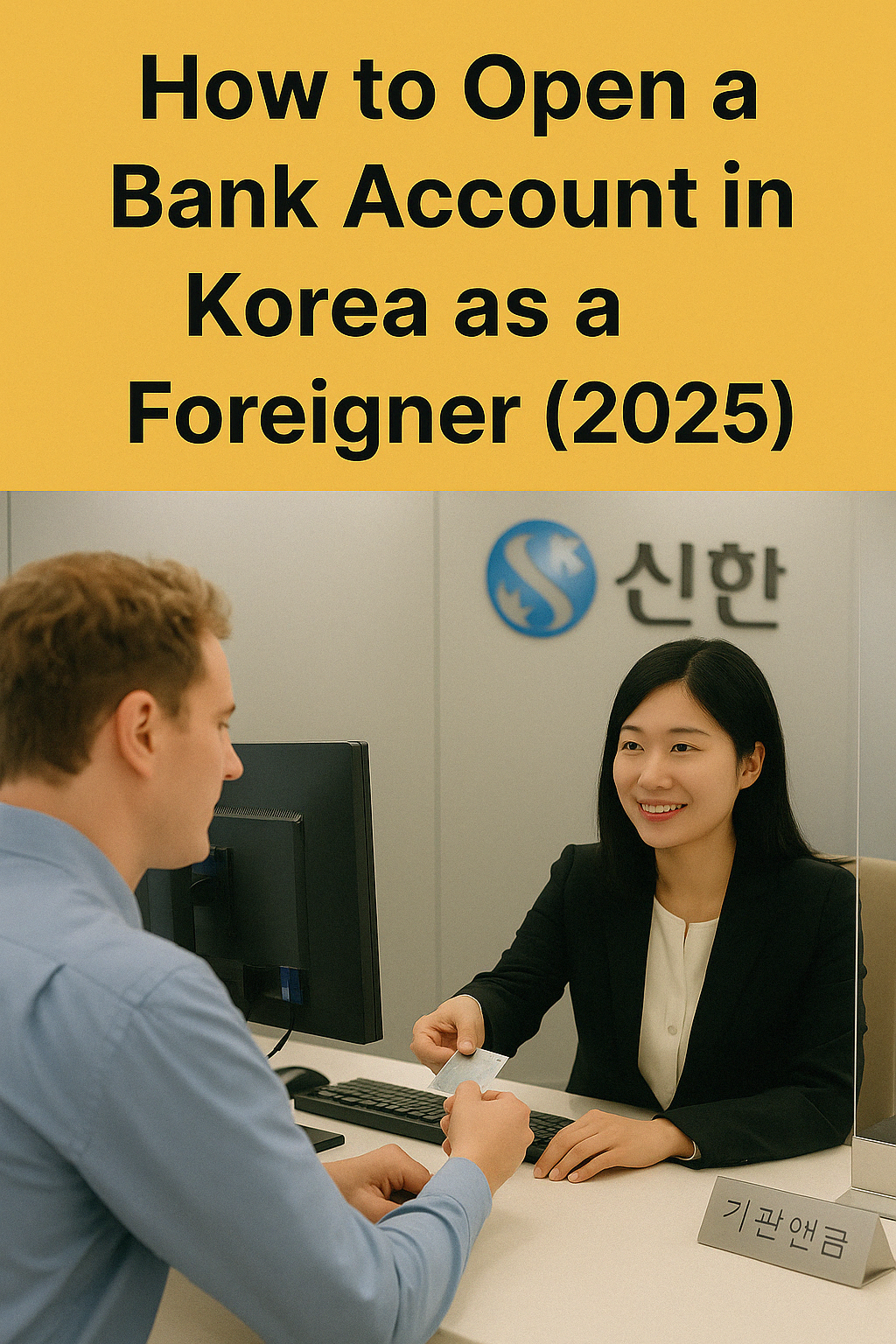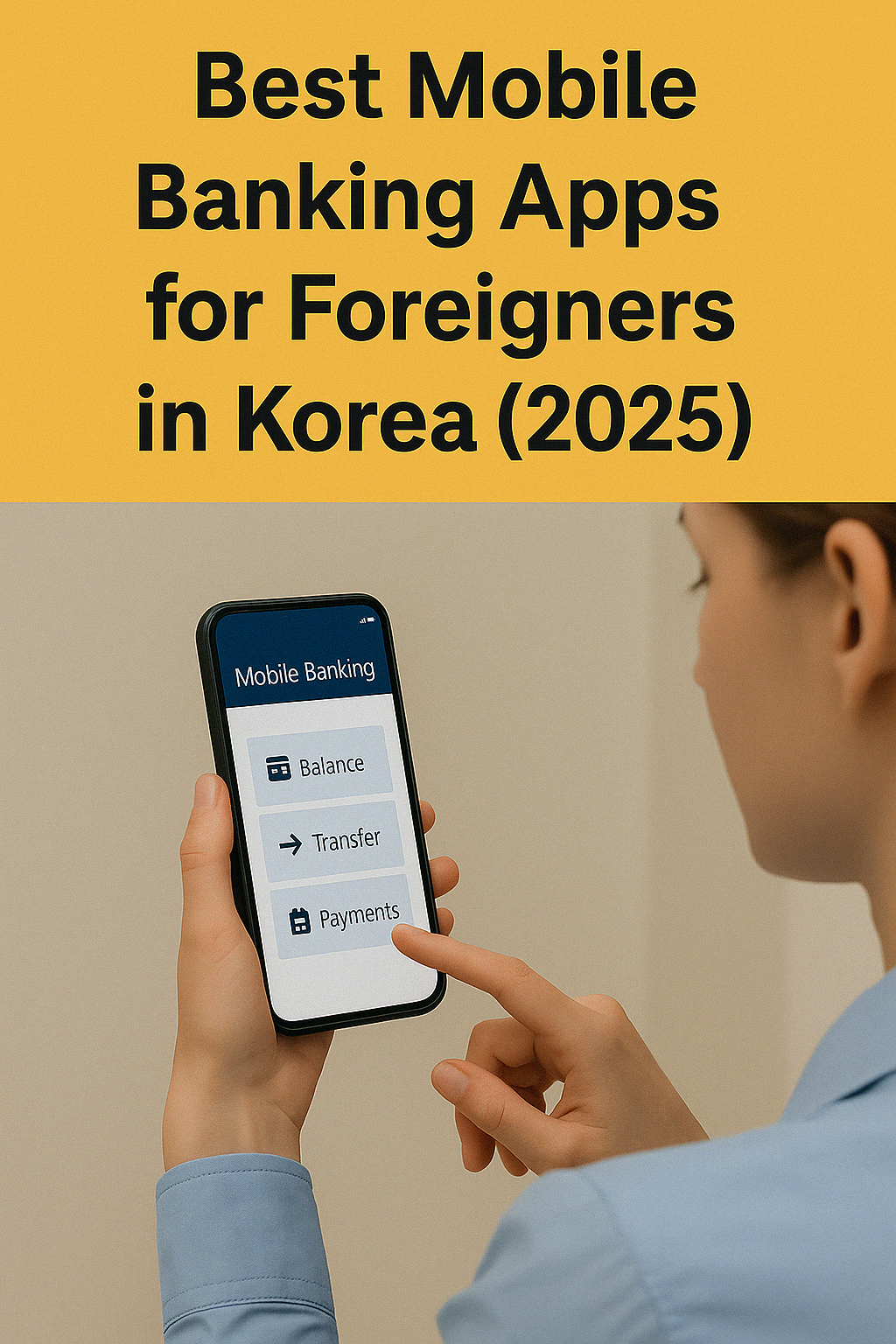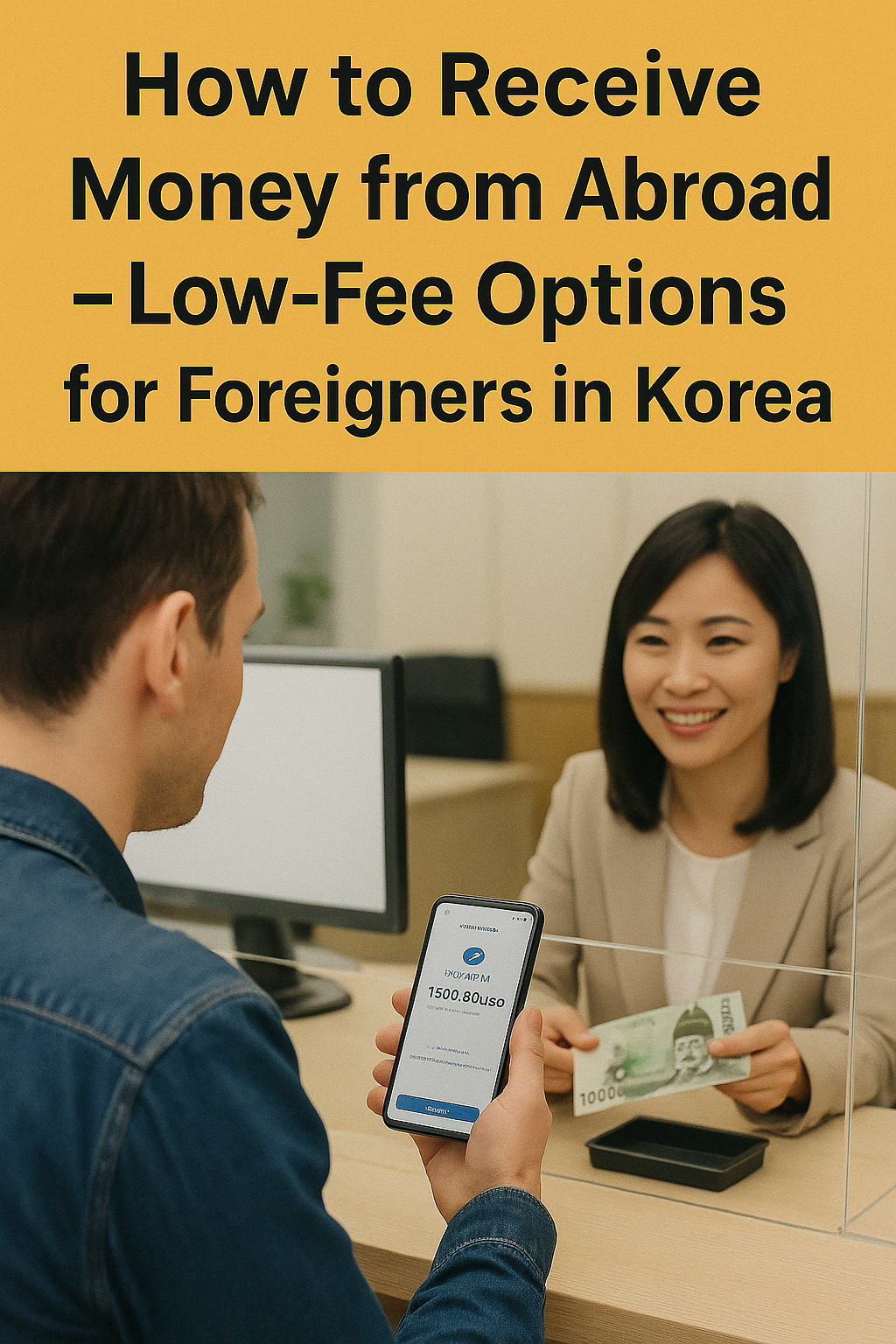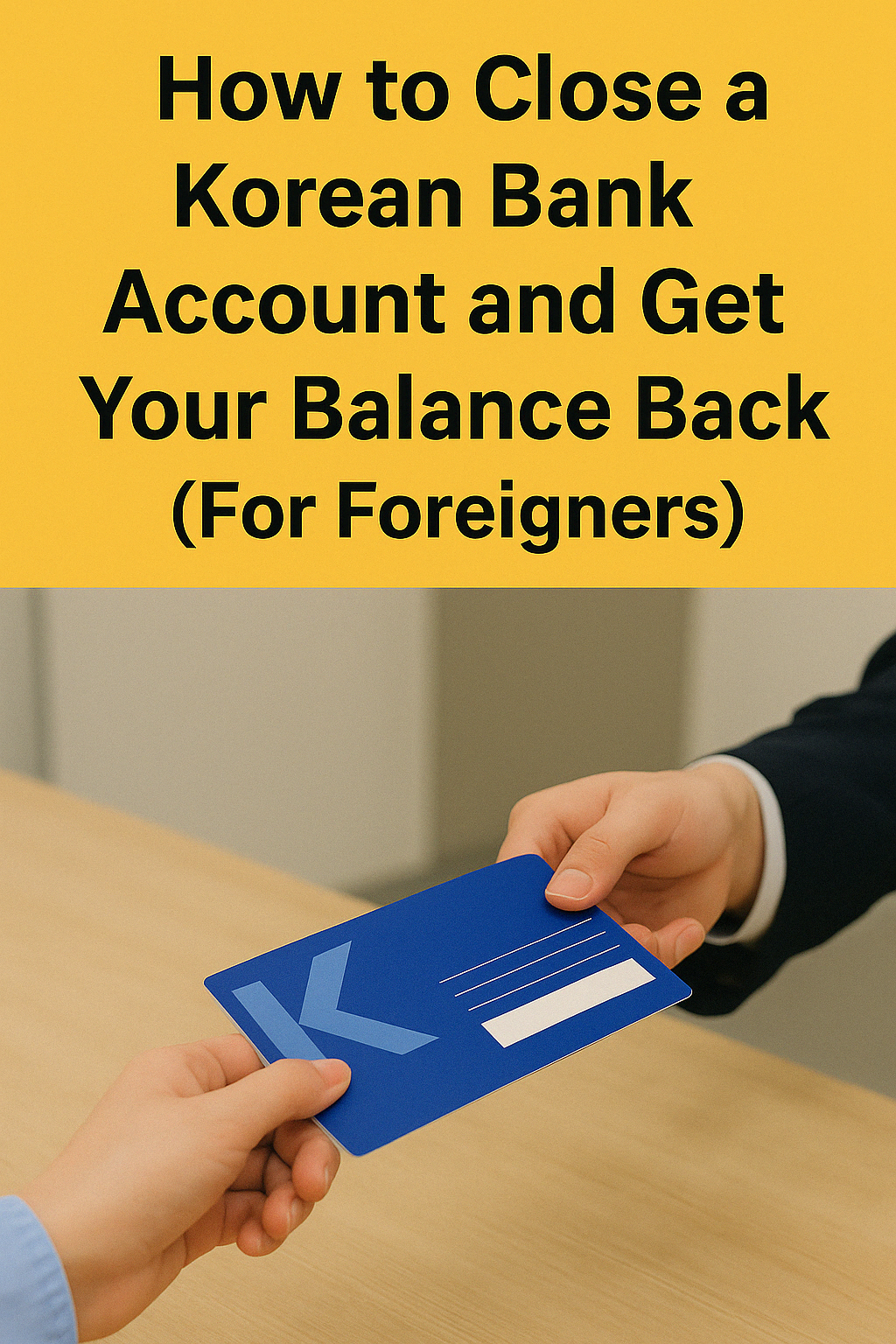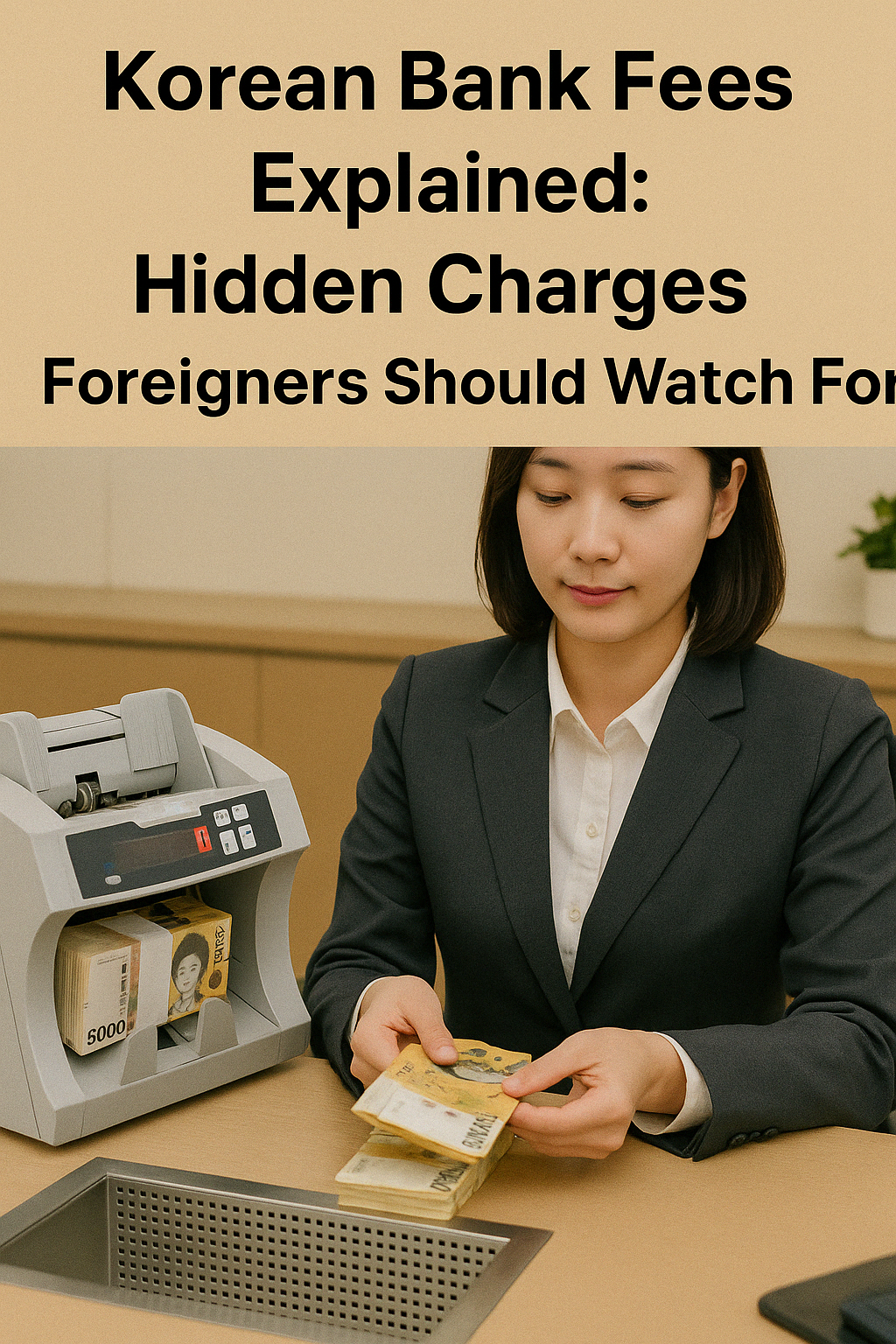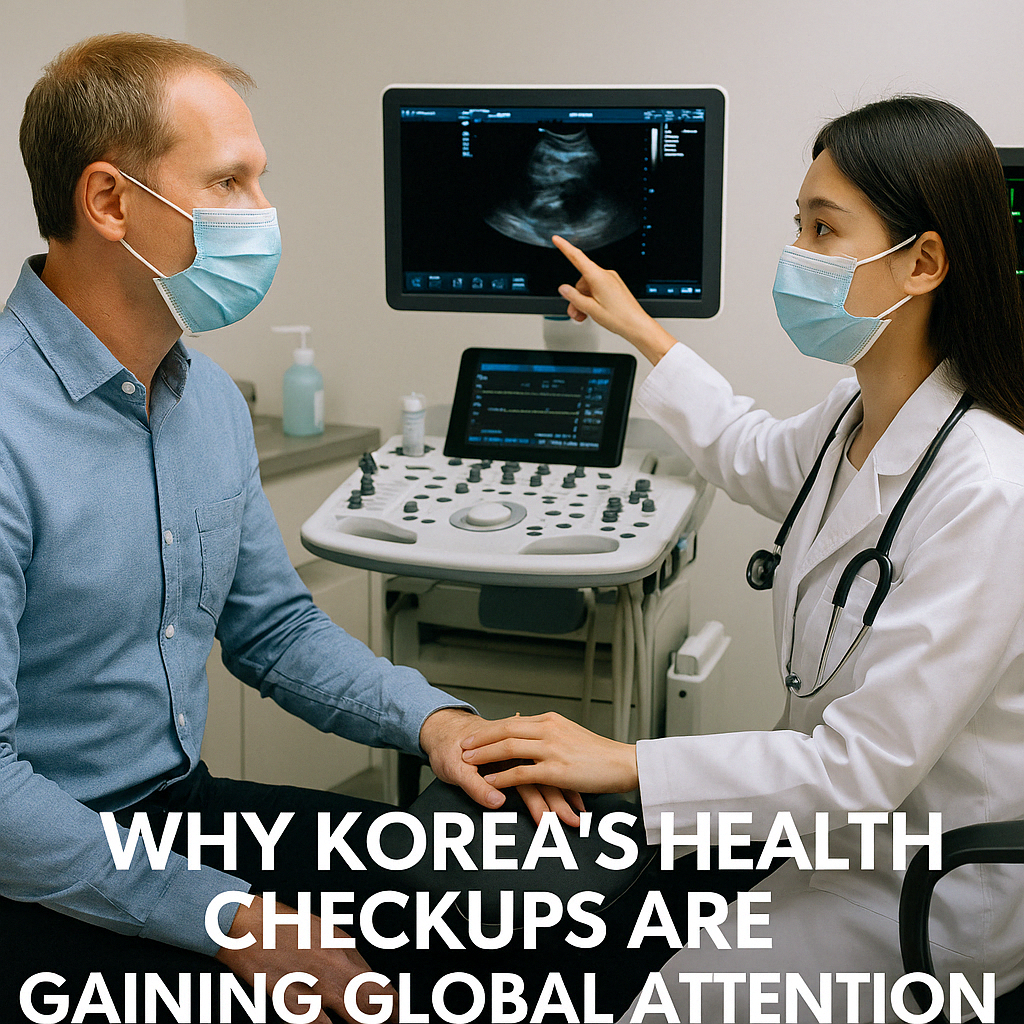How to Open a Bank Account in Korea as a Foreigner (2025)
1. Why is Opening a Bank Account in Korea Difficult for Foreigners?
While Korean citizens can open an account with a single ID,
foreigners often face stricter requirements due to:
- Extra identity verification
- Anti-money laundering policies
- Lack of English-speaking staff
Many applicants are denied because they are unaware of these conditions.
2. What Documents Are Required? (Updated for 2025)
Prepare the following:
- Alien Registration Card (ARC) or Residence Card
- Korean mobile number under your name
- Proof of Korean address (contract, bill, etc.)
- Verified email or contact info
Depending on visa type, additional documents may be requested.
3. Can Short-term Visa Holders Open an Account?
Generally no, but exceptions include:
- D-2 visa (students) and H-1 visa (working holiday)
- Limited-use or remittance-only accounts may be available
- Some online banks support foreigner accounts under specific conditions
4. Common Reasons for Rejection
- ARC not yet issued (temporary docs often not accepted)
- Address mismatch between documents and phone registration
- Inability to explain purpose of the account clearly
Tip: Prepare a short explanation such as “I need it for salary deposit,” or “I’m paying rent.”
5. Top 3 Foreigner-Friendly Banks (2025)
KEB Hana Bank
- Foreign service desks, multilingual staff
- Good for students, workers, and global remittances
Shinhan Bank
- Clear guidance, strong app integration
- Friendly to expats and bilingual
IBK (Industrial Bank of Korea)
- Excellent for foreign workers, small business owners
- Known for SME and global customer service
6. Goldnuri’s Pro Tips
- Call the branch in advance to confirm foreigner support
- Practice your explanation before visiting
- Choose locations near universities or expat areas
Summary
Opening a bank account in Korea is not easy—but it’s possible.
Bring the right documents, choose a helpful branch, and communicate clearly.
KEB Hana, Shinhan, and IBK remain top choices in 2025.
